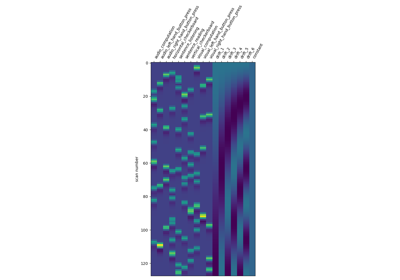Note
This page is a reference documentation. It only explains the function signature, and not how to use it. Please refer to the user guide for the big picture.
nilearn.image.resample_to_img#
- nilearn.image.resample_to_img(source_img, target_img, interpolation='continuous', copy=True, order='F', clip=False, fill_value=0, force_resample=False)[source]#
Resample a Niimg-like source image on a target Niimg-like image (no registration is performed: the image should already be aligned).
New in version 0.2.4.
- Parameters
- source_imgNiimg-like object
See http://nilearn.github.io/manipulating_images/input_output.html Image(s) to resample.
- target_imgNiimg-like object
See http://nilearn.github.io/manipulating_images/input_output.html Reference image taken for resampling.
- interpolationstr, optional
Can be ‘continuous’, ‘linear’, or ‘nearest’. Indicates the resample method. Default=’continuous’.
- copybool, optional
If True, guarantees that output array has no memory in common with input array. In all cases, input images are never modified by this function. Default=True.
- order“F” or “C”, optional
Data ordering in output array. This function is slightly faster with Fortran ordering. Default=”F”.
- clipbool, optional
If False (default) no clip is performed. If True all resampled image values above max(img) and under min(img) are clipped to min(img) and max(img). Default=False.
- fill_valuefloat, optional
Use a fill value for points outside of input volume. Default=0.
- force_resamplebool, optional
Intended for testing, this prevents the use of a padding optimzation. Default=False.
- Returns
- resampled: nibabel.Nifti1Image
input image, resampled to have respectively target image shape and affine as shape and affine.
See also
